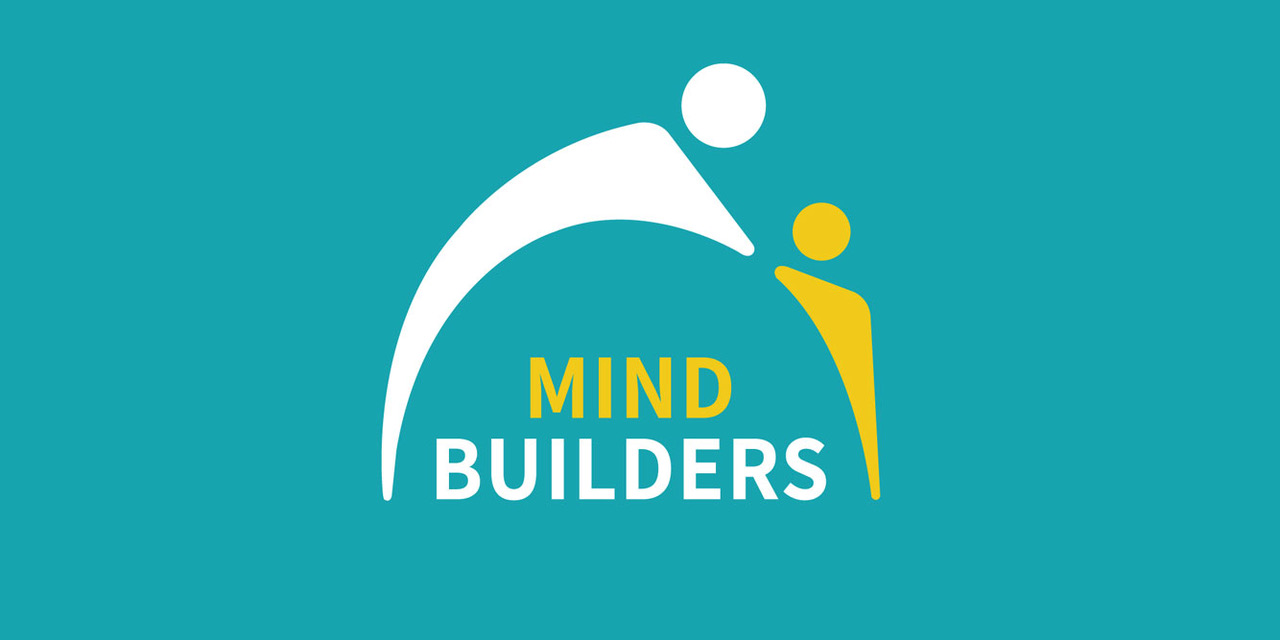The Waldon Method is an educational approach developed by English neurologist Dr. Geoffrey Waldon, based on direct observations of typical human development and the essential mechanisms of learning in the early months and years. While the ideas have universal applicability and are helpful in understanding how play and learning develop in young children, the Waldon approach is particularly helpful when there are difficulties with a particular aspect of a person's learning development. By focusing on the neurophysiology of human development and learning, the Waldon approach can address problems at the fundamental level at which they arise.
Over the last twenty years a number of learning facilitators in the UK, Slovenia, France and Germany have used the Waldon approach with children/young people with a wide range of disabilities and learning difficulties.
By strengthening their general understanding, that is, their ability to comprehend, understand, and engage productively with the world, learners typically become more emotionally robust and effective learners as well.
Learning comes from Doing
The central idea of the Waldon approach is to create an enabling environment that motivates learners to do more, in a more organized and diverse way, with a particular focus on activities that promote the following:
- Interest and motivation (the child must feel safe/ containment)
- reach out & grab something (= be motivated to do so), grab & let go
- Physical integration through bilateral movements and rhythm
- Early tool handling
- Recognize patterns, move on & keep at it with perseverance (continuant capacity)
- The "learning-how-to-learn tools" of seriation, sorting, 2D and 3D practice, mapping, and coding, along with all their necessary precursor skills
The development of these active movements, activities, and skills is the essential foundation for all further mental-emotional and cognitive development in the first year of life, as they provide the learner with his or her own understanding of "how things work," i.e. how the world works (e.g. Things fall down, a block placed in a bowl stays in the bowl), how their body works (e.g., "To reach and grab the block, I need to reach out my arm for it"), how their body works in relation to the world (e.g., "I can reach out to reach and grab the block, and then decide whether to put it in the bowl or throw it on the floor"). These basic experiences are essential for a child to develop a general understanding of the world in all aspects of daily life.
The learning-to-learn tools
In the first year, the child prepares to understand the world through movement and active exploration, learning from his or her experiences.
In the second year, the child gathers lots of experiences and does so very effectively, at first precisely because it does so rather haphazardly: the more experiences, the better! The child wants to do "it" again and again, with many small variations that expand his wealth of experience.
Increasingly, however, the child realizes that he must develop his general understanding more efficiently and selectively, and he begins to put everything he encounters into his own order in order to make it intelligible. These mental processes are worked out in the third, fourth and fifth school years on the basis of the vast store of experience gained in the second year of life with the physical locomotor system, which was organized in the first year by active physical exercise.
The learning-to-learn capacities can be summarized under six headings, even if they are usually combined and interlinked:
1. Sort means finding similarities and involves the active association of a thing, a pattern or a concept etc. with pre-existing "sets" according to the perceived similarities. In this way, not only is the child's attention drawn to a feature that it may not have noticed before, but also the organization of the accumulated experience that such an activity requires leads to the process of Classification.
2. Assign is related to sorting, but the attention is focused on the differences between patterns or features in perception. His active attempts to find, among the available objects or examples, the one that least resembles a selected model direct the child's attention to the discrepancy and, in due course, when the process is systematized, to the conscious application of the procedure of "One-to-one correspondence„.
3. Understanding of seriation (seriation)i.e. the ability to extrapolate extended patterns of behavior from fragments of activities or material, is the basis of deductive reasoning, the origin of the deductive reasoning.
4. Building (brickbuilding) extends visual-spatial understanding towards 3D perception and, unlike 'sorting' and 'matching' which can ultimately be abstracted from spatial considerations, involves an understanding of the use of space that is best illustrated by 'brickbuilding' and supports the discovery of direction and distance, relative position and functional relationship. It leads to the ability to recognize, track and interpret changes in position, such as displacement, realignment and deformation, which are also the fundamental components of behavior.
5. Drawing is in some ways the two-dimensional equivalent of brickbuilding, but usually involves the use of a tool, such as a pencil, paintbrush or chalk, which under normal conditions is the equivalent of other tools such as rakes, spoons, levers, sliders, cups, brushes and compound tools such as tweezers, pinchers, cutters and other pliers, scissors, etc., which the child has learned to use during explorations in the early years of life.
6. Coding describes the ability to arbitrarily combine signs or actions so that one sign can be used to describe another, as in symbolic development, play and verbal language.
With thanks for some text passages to Terry Buchan/ Waldon Association

